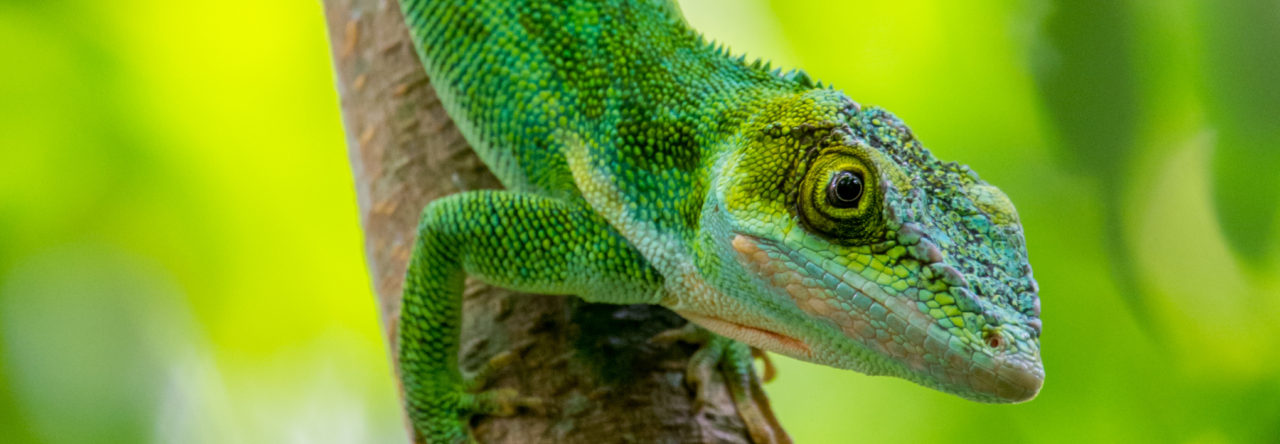
Photo from http://www.petworldshop.com/
Nigel Rothfels, a historian of animals and culture at the University of Wisconsin-Milwaukee, asks:
Given the previous AA post on anoles in the pet trade, the amount of in-country breeding there must be of anoles, the general life-span of anoles, and the general growth in pet-keeping since Covid, what is your highly educated guess on the number of anoles currently being kept in captivity world-wide (as pets, for educational supply companies, in labs, or zoos). With 350,000/year being collected in just Louisiana in 2006, it makes me think that something like 3-5 million might still be an underestimate.
Anyone want to venture an estimate?
- Evolution in Real Time on Lizard Island - March 23, 2025
- Spider Snags Adult Anolis osa - March 22, 2025
- An Homage to the Green Anoles of New Orleans - March 21, 2025


Rick Wallach
More like a gazillion. If you count the ones on my house, two gazillion.
Nigel Rothfels
A gazillion or two strikes me as a reasonable guess! I’ve only ever had one — a stowaway on a plant delivered to my house in Wisconsin. She was remarkable company!
Gianna Coppola
Ooh, what kind of anole? My first thought is sagrei, since they seem to like going everywhere. I am always looking for anole lizards in our local plant nursery, no luck yet though.
Nigel
Sorry, I didn’t see this until now! Yes, sagrei. We found her in my office at home as Wisconsin’s winter was setting in and the house was cooling down! She was an adult and was with us for just over 18 months.
Gianna Coppola
Well, I guess it would depend. Are we counting anoles found living in or around houses, or the ones kept intentionally? It’s an interesting question, especially since I see anoles in almost every pet store, and there definitely are new ones each time I go to buy food for my pet female sagrei. I always hope the anoles go to good homes, where the owners know how to care for them properly.
Steven A. Nole
Green anoles are like the goldfish of the reptile world, at least here in the US.
They’re treated as disposable commodities, sold to impulse buyers for dirt cheap prices, and even given away for free at fairs and carnivals. Many live short lives in deplorable conditions.